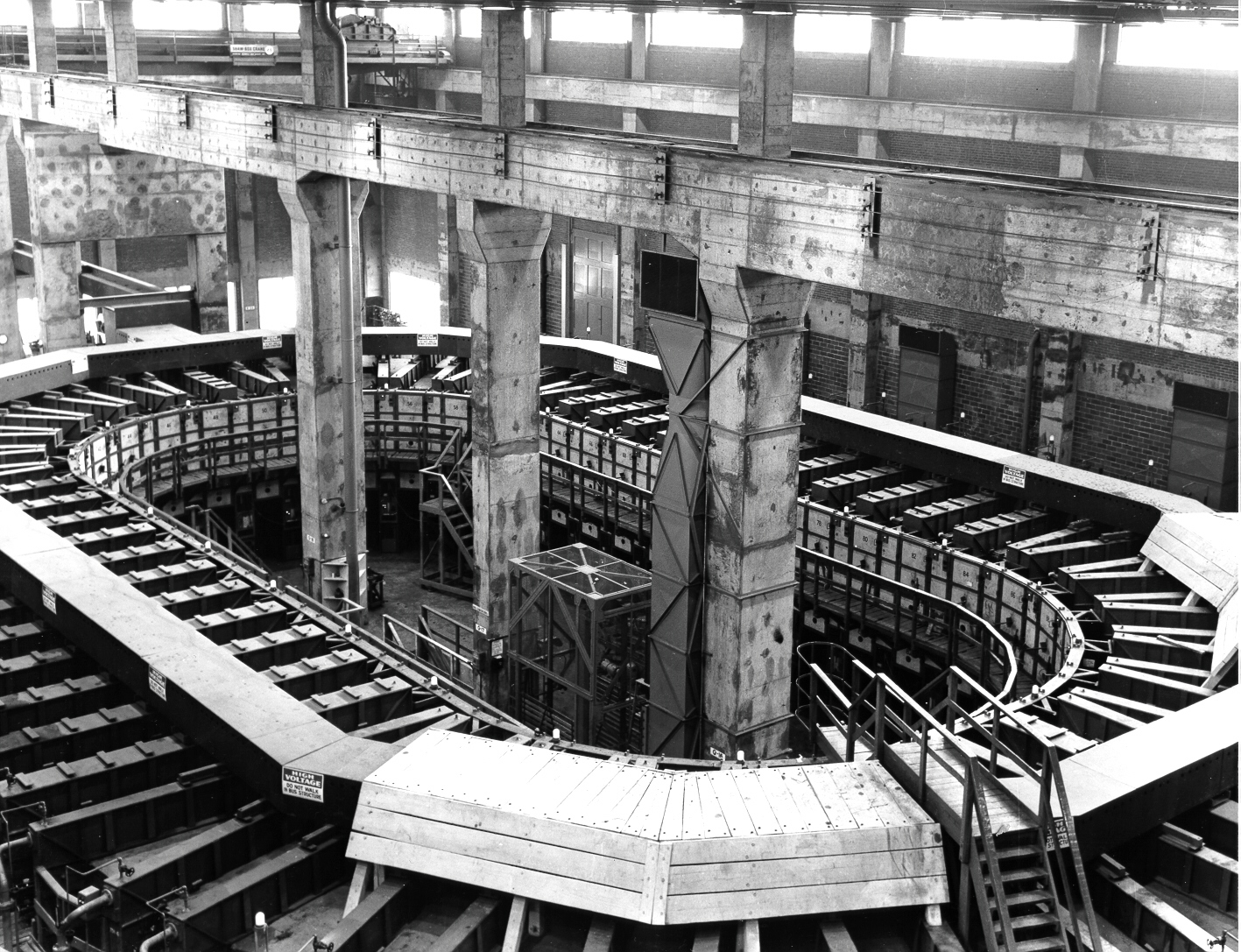
Articles by Katja Grace

AI Timelines

AI Timelines

Blog

AI Timelines

AI Timelines

AI Timelines

AI Timelines

AI Timelines

AI Timelines

Blog